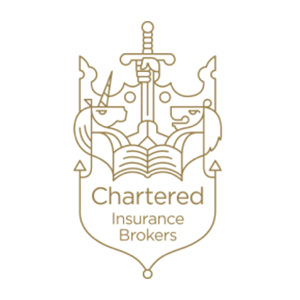Knowledge centre
Latest insights
15 Jul 2025
Supreme Court Ruling in URS v BDW
The outcome of the appeal court’s decision against URS suggested that there could be a far greater number of claims under the Defective Premises Act (‘DPA’) than most commentators had assumed prior to the court’s judgement...
Read more






